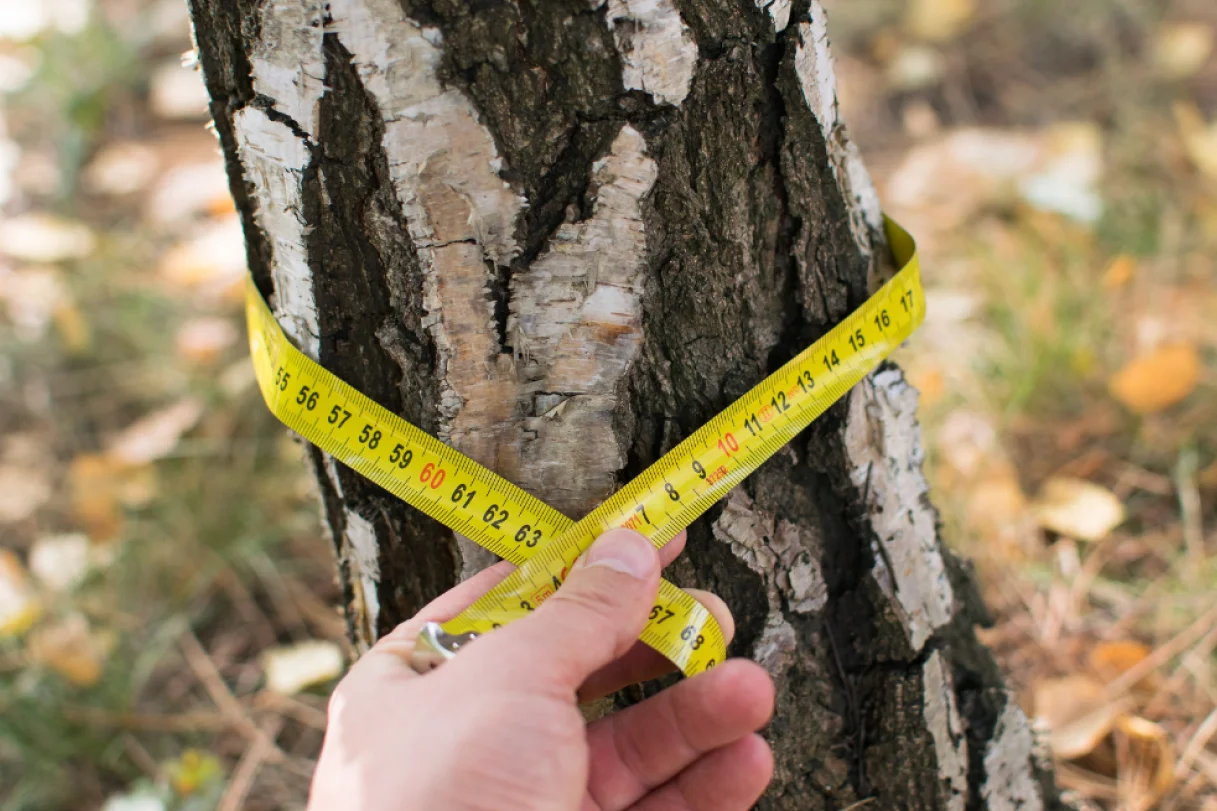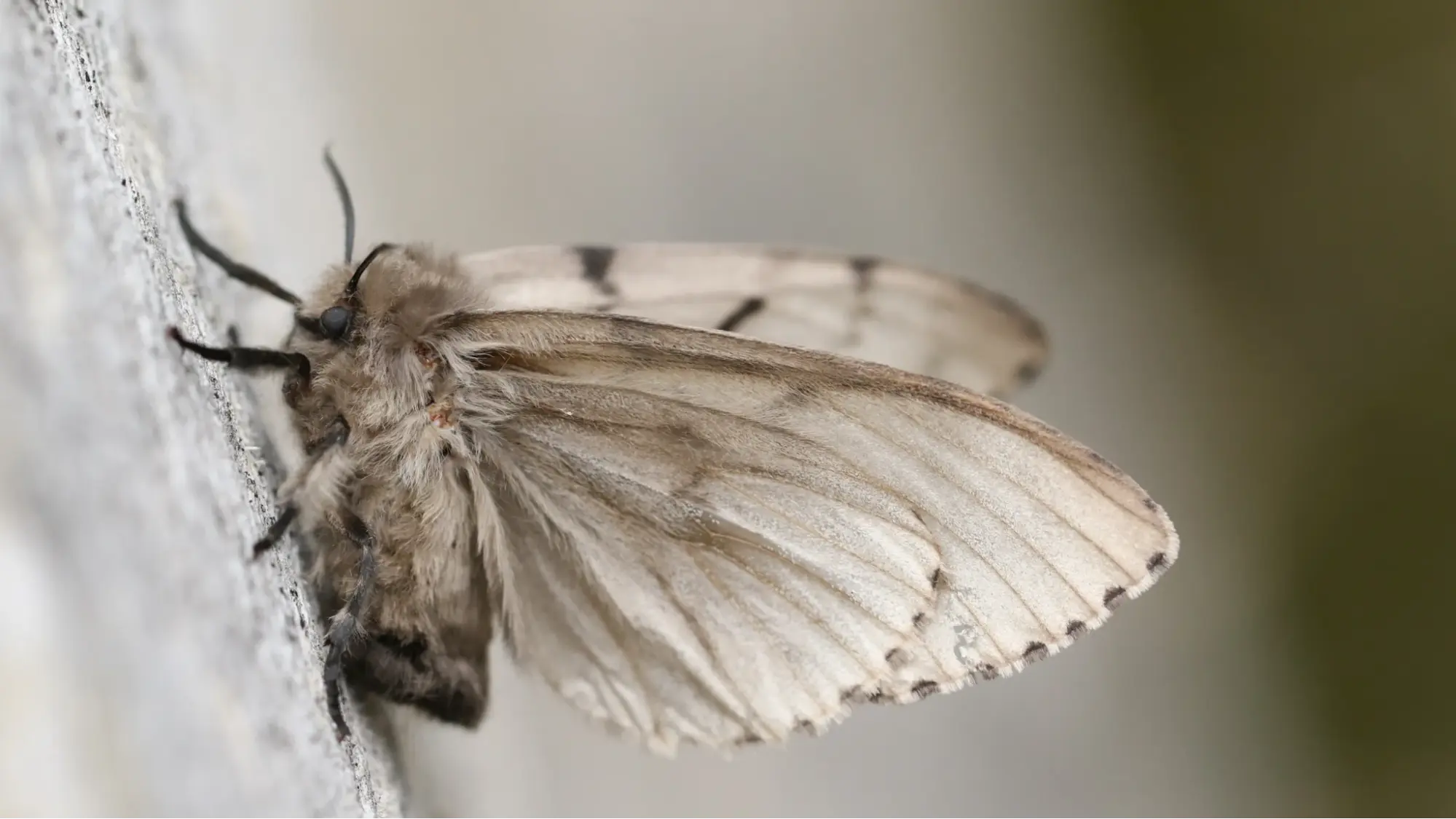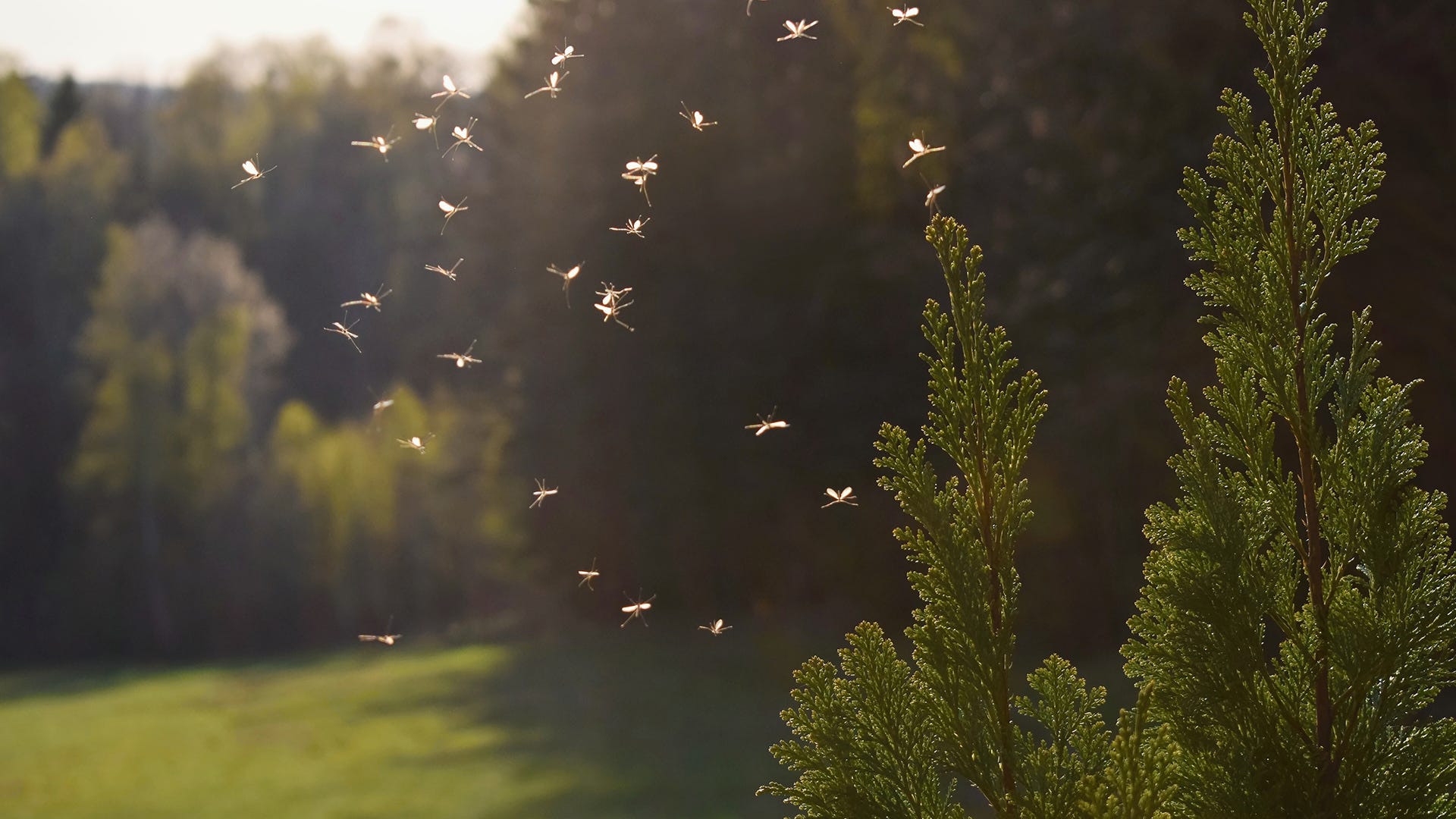Another year has begun, but the wintry weather hasn’t ended yet. Trees are like sleeping giants, hibernating through the freezing temperatures until the warmer weather arrives. But trees aren’t just snoozing the winter, they actually experience the full impact of it, more than some may think.
Older trees with thick, woody bark and extensively large roots can withstand winter conditions. However, newly planted trees lack natural defenses to fight off the cold weather. May it be old or new, all trees will definitely benefit from having extra care during the chilly season. Let’s learn what we can do to help your trees prosper through the winter.
MULCH
Mulching helps insulate the soil over tree roots. Apply a thin layer less than 3 inches thick around the roots and apply mulch underneath where the dripline of the tree is. Avoid piling layers of mulch around your tree or directly against a tree trunk.
PRUNE
It is much less intrusive to prune your trees during the winter months, as it not only it lessens excess branches that may cause irritation around your trees, also helps control diseases that the tree may face. Pruning in the colder temperatures is an absolute benefit in many ways for its great disease management and improvement of branch development!
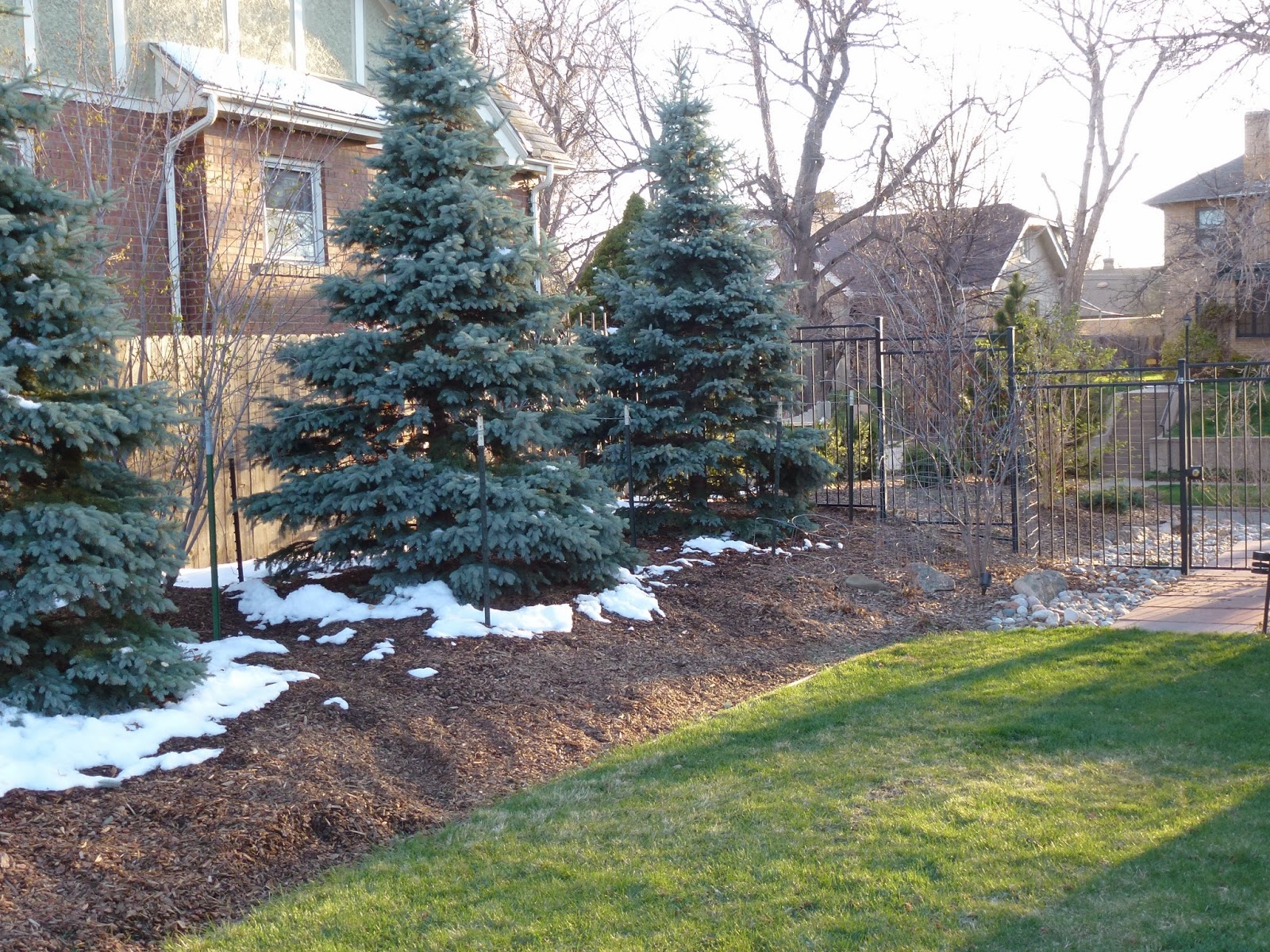
PROTECT
Winter limits the availability of food for critters, like rabbits, moles, and other animals that usually use trees as their food sources. It’s in their nature to chew on tree bark, especially young ones, to fill their stomachs during the winter season.
Protect your trees with a fence, place it around tour trees, having enough space to protect them. You can also use plastic guards or hardware cloth to keep chewing rodents or rubbing deer at bay.
SHELTER
New or young trees don’t have much defense, unlike old trees that have already matured bodies and roots that protect them from freezing temperatures and animals.
Create a makeshift shelter for small trees that would be able to withstand piled up snow. Use a broom to brush off or knock down the ice thatcoats tree limbs and avoid trying to break it as you might end up breaking the branches.
WATER
Watering newly planted trees, even in this type of weather, is advised. Continue with your daily watering routine for young or newly planted trees as long as their soil isn’t frozen. Apply water slowly and gently, allowing the water to seep into the ground instead of freezing or running off.
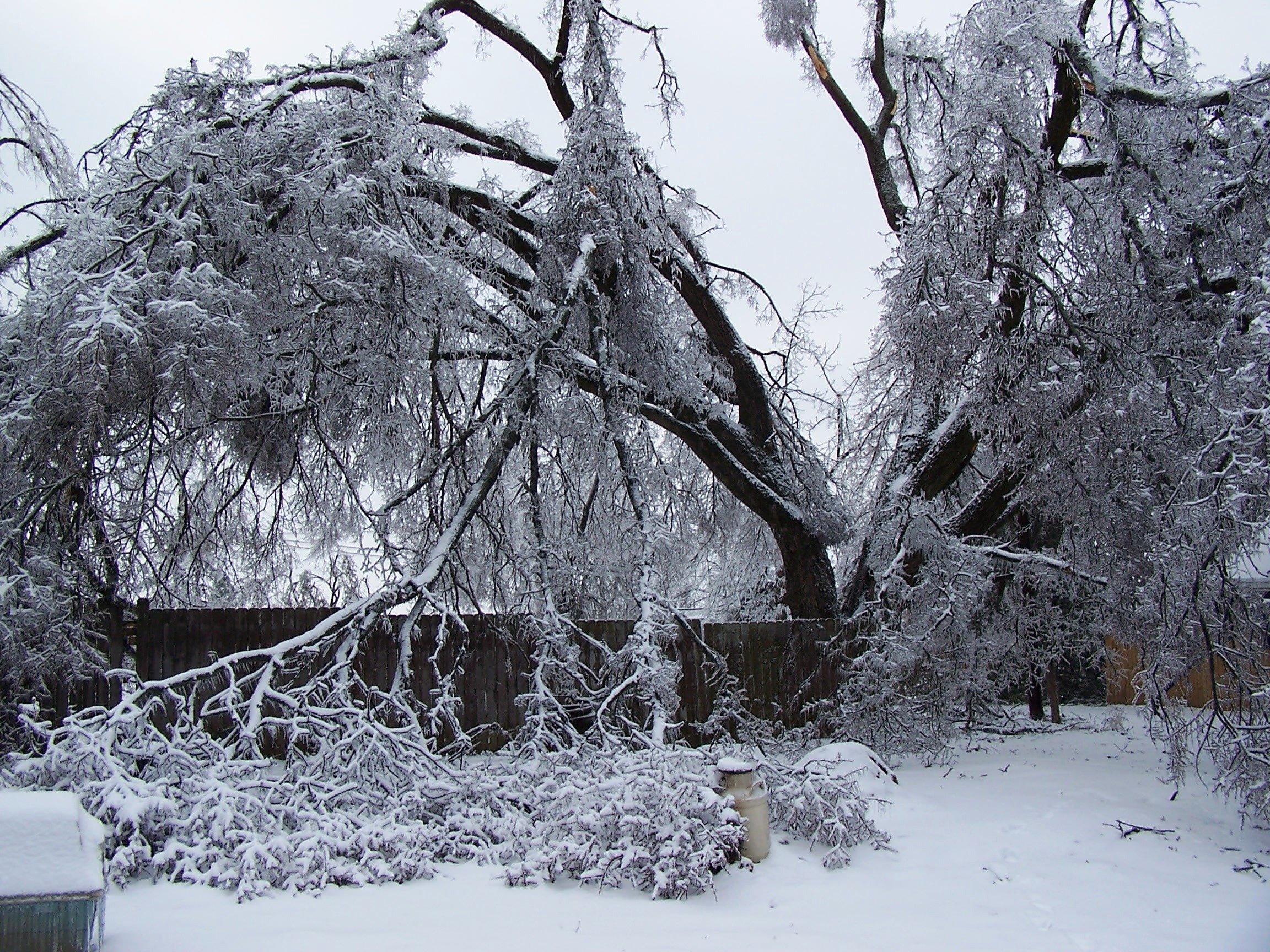
PREPARE
It is already known that the salt that is spread around to clean roads or streets from snow can damage your treesunpleasantly. Help them be prepared for any possible damage by reducing their exposure to
such products.
WRAP
Sunscald is a condition that occurs in tree trunks due to the quick shift in temperature during winter months. Daytime sun warming and thawing bark followed by the freezing temperature of night, causes rupture to the bark cells and cracks in the tree trunks, especially with young trees.
Use tree wraps or a white plastic guard to protect tree trunks and branches from these damaging conditions. Apply it from the ground up, stopping just above the first branches.
SKIP
Skip products that cause negative reactions towards your trees during the winter season. For example, try not to use products that have sodium chloride.
This is a bad choice to use near trees or any plants because it interferes with their water intake. Use products that contain calcium, potassium, and magnesium chloride instead.
It’s extremely important to make sure your trees are guarded from the elements. For comprehensive winter care and protection, reach out to a trusted tree service Toronto to keep your trees healthy and thriving all season long.
We at Tree Doctors hope that these tips will have your tree well through the winter! We would like to be a part of your tree adventure.
